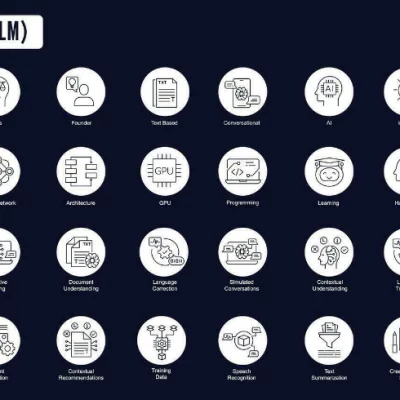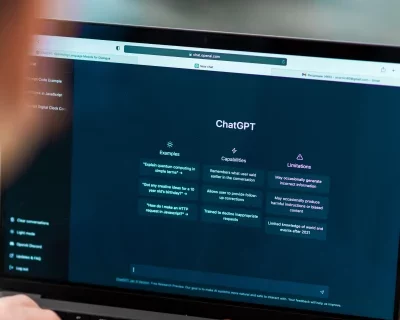Large Language Models (LLMs): a revolution in the use of language by Target First

Large Language Models (LLMs): a revolution in the use of language by Target First
Large Language Models (LLMs) have made a big entrance into the field of artificial intelligence and natural language understanding. Target First, a company at the forefront of conversational automation, has adopted these cutting-edge models to enhance its chatbot capabilities. In this article, we’ll simply explain what an LLM is, how it works and how Target First is using it to deliver a smoother, more personalised conversational experience.
What is an LLM?
An LLM, or large language model, is a type of artificial intelligence model that is trained to understand and generate natural language. These models are designed to process and understand massive amounts of textual data from a variety of sources. Using deep learning techniques, LLMs are able to predict and generate coherent and informative sequences of text.
How does an LLM work?
The operation of an LLM is based on an iterative machine learning process. Initially, the model is trained on large datasets, such as newspaper articles, books, web pages and even conversations. As it learns, the LLM analyses language structures and relationships, enabling it to generate relevant responses based on the given context.
LLMs use a deep neural network architecture, such as recurrent neural networks (RNNs) or transformers. These architectures enable the model to take account of long-term dependencies in language, giving it a better understanding of text sequences.
According to a study by TechTarget, large language models have achieved impressive results. For example, GPT-3, an LLM developed by OpenAI, has 175 billion parameters and has been trained on 570 GB of text. It is capable of producing text consistently and providing relevant answers to a variety of questions.
How Target First uses LLMs:
Target First has adopted LLMs to improve the performance of its chatbots and deliver a richer conversational experience. By using an LLM as the basis for their chatbot, they were able to increase the natural language understanding capability of their system. This means that the chatbot is able to understand users’ intentions and provide more accurate and personalised responses.
By integrating an LLM into their chatbot, Target First was also able to benefit from advanced features such as:
🤖 100% conversational navigation thanks to ChatGPT Generative AI: The chatbot can engage in conversations in a more natural and fluid way, understanding and responding to the user’s different messages in a conversational way.
🤓 The ability to suggest 100% BI goods tailored to the user’s criteria: Thanks to its fine-grained understanding of language, the chatbot can analyse the user’s criteria and suggest goods or products that match their needs and preferences.
✍️ Collect contact details during the exchange: The chatbot can collect users’ contact details securely and efficiently, integrating them into the conversation and storing them in compliance with data protection regulations.
🗣️ Chat verbally with the bot: The chatbot is able to communicate verbally with users, providing a more interactive and convenient conversational experience.
👍 Switch to a human advisor via chat, telephone or Visio Chat: If the chatbot is unable to respond to a specific request or if the user prefers human assistance, it is possible to switch easily to a human advisor via chat, telephone or even a video conference.
In addition, using an LLM allows Target First to take advantage of the model’s ability to learn and adapt in real time. The LLM can be trained with data specific to the company’s domain, enabling the relevance and accuracy of the responses provided by the chatbot to be constantly improved.
According to a survey conducted by MLQ AI, the integration of large language models increases chatbot efficiency by 30%, reducing incorrect or inappropriate responses. What’s more, 80% of users reported a more satisfying conversational experience thanks to the use of LLMs.
Large Language Models (LLMs) have opened up new perspectives in the field of natural language understanding and conversational automation. Target First has fully embraced this technology by using an LLM as the basis for its chatbot. Thanks to this approach, Target First has improved its ability to c







